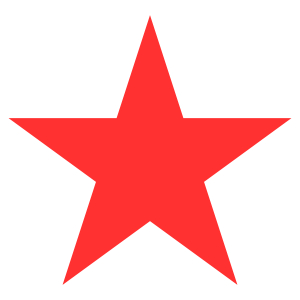Spain Launches Public Consultation on Banning Vape Flavours

Spain has recently taken significant steps to implement a new anti-smoking plan aimed at reducing tobacco consumption and associated health risks. Covering the years 2024-2027, the plan involves key measures such as introducing plain cigarette packaging, raising cigarette prices, and expanding smoke-free areas. Additionally, the plan seeks to tighten regulations on vaping, with discussions underway to ban single-use devices and flavoured vapes.
These proposals are subject to a public consultation initiated last month in collaboration with the country’s 17 regions. The consultation aims to gather feedback on the proposed measures included in the anti-smoking plan. However, smoking cessation experts argue that banning vaping products could be counterproductive to reducing smoking rates, as many smokers use these products to quit or reduce harm.
Health Minister Monica Garcia emphasized the importance of discussing tobacco tax levels with the Finance Ministry to align with neighboring countries. She addressed concerns about the economic impact of these measures.
While discussing a proposal to create outdoor smoke-free spaces, Garcia reassured that previous anti-smoking regulations did not significantly affect the hospitality sector. She expressed confidence that people would continue frequenting terraces, beaches, and universities despite the smoke-free regulations.
The public consultation will precede any legislative action, ensuring input from various stakeholders. While all regions support the plan, differences in interpretation may arise, particularly regarding smoking on hospitality terraces. Madrid’s mayor criticized a potential terrace smoking ban, while a Mallorca restaurant owner expressed concerns about potential conflicts between customers and staff.
In other news, Spain recently announced it is moving towards an outright ban and imposing heavier fines on tourists who flout regulations. The Ministry of Health is collaborating with local authorities to increase penalties for littering, particularly cigarette butt disposal.
While current regulations do not encompass a complete ban on smoking in outdoor areas like terraces, university campuses, or beaches, the approved plan lays the groundwork for potential future restrictions. Minister Garcia emphasized the importance of creating more smoke-free spaces.
Over the past decade, Spain has witnessed notable shifts in smoking and vaping rates, reflecting evolving patterns of tobacco and nicotine product consumption. While smoking prevalence in Spain has traditionally been relatively high compared to some other European countries, recent years have seen a gradual decline in smoking rates. This decline can be attributed to various factors, including public health campaigns, smoking cessation programs, and increased awareness of the health risks associated with smoking.
However, a significant factor contributing to this drop in smoking, which local authorities seem to be overlooking, is the increase in vaping. This pattern is being observed globally. However, the rise in popularity of vapes among certain demographics, particularly younger age groups, has led to new concerns regarding the potential health risks and addictiveness of vaping.
Overall, the landscape of nicotine consumption in Spain has undergone significant transformations over the past decade, with smoking rates declining and vaping rates experiencing fluctuations. Continued monitoring and research are necessary to understand the dynamics driving these trends and to inform evidence-based policies aimed at reducing tobacco-related harm in the country.
No posts found
Write a review


